If a motorcycle hits your car, you may face vehicle damage and potential injury claims. You must contact the police and your insurance company immediately.
Experiencing a motorcycle collision with your car can lead to a stressful encounter on the road. It’s essential to stay calm and check for injuries among all parties involved. Following such an incident, documenting the scene with photos and gathering witness statements becomes crucial for insurance purposes.
Safety should be your top priority; hence, moving to a secure location away from traffic is advisable. The resulting damages could vary from minor scratches to significant dents, or worse, injuries to the motorcyclist or passengers. Dealing with insurance claims and possible legal ramifications can be complex, making it important to understand the steps you need to take in the aftermath of a motorcycle-car collision. Remember to report the accident to the authorities and seek legal advice if necessary to navigate the situation effectively.
Table of Contents
Initial Moments After A Motorcycle Collision
The moments following a motorcycle collision can be chaotic and confusing. It’s crucial to know the right steps to take to protect everyone involved and to properly address the situation.
Assessing Personal Injuries
Check for injuries immediately. The well-being of everyone involved—drivers, passengers, and the motorcyclist—is the top priority. If you can, assess your condition and that of others.
- Call 911 for emergency medical help if anyone is injured.
- Do not move unless it’s necessary to avoid further injury.
- Stay calm and wait for medical personnel to arrive.
Ensuring Safety At The Scene
After checking for injuries, focus on securing the area.
- Move to a safe location if the situation allows it.
- Set up hazard lights or warning triangles to alert oncoming traffic.
- Make sure the motorcycle is visible if it is lying on the road.
Document the scene with photos and notes, but only once safety measures are in place.
Legal Implications
When a motorcycle collides with your car, complex legal questions come into play. These questions revolve around who is at fault and what laws apply. Understanding the legal implications is crucial for anyone involved in such an incident.
Determining Fault And Liability
Finding out who caused the accident is the first step in dealing with the aftermath.
- Gather evidence from the scene.
- Take photos and look for witnesses.
- Check for traffic cameras that may have recorded the crash.
Insurance companies will investigate to decide who pays for damages. In some cases, both parties might share the fault.
| Party At Fault | Percentage of Liability |
|---|---|
| Motorcyclist | 70% |
| Car Driver | 30% |
A lawyer can help if there’s a dispute. Legal representation can make a big difference.
Understanding State Traffic Laws
Each state has specific traffic laws that can influence fault.
- Some states have “at-fault” systems.
- Others use “no-fault” rules.
For instance, in an “at-fault” state, the person who caused the accident is responsible for damages. In a “no-fault” state, each driver’s insurance pays for their own damages, regardless of who is at fault.
State laws also define traffic violations that could affect fault.
- Running a red light.
- Speeding.
- Failure to yield.
Legal penalties might apply if traffic laws were broken. These can include fines, points on a driver’s license, or even criminal charges.
Documenting The Motorcycle Accident
Picture this: a sunny day turns sour when a motorcycle collides with your car. In the aftermath, knowing the steps to Documenting the Motorcycle Accident is key to handle the situation effectively.
Collecting Evidence At The Scene
It’s critical to gather as much information as you can after the accident. Start by taking photos of:
- The overall accident scene
- Your car and the motorcycle from multiple angles
- Close-ups of the damage on both vehicles
- Skid marks, road signs, and traffic lights
- Any injuries you or the other party have suffered
Also, look for witnesses and ask for their contact information. They can help later with their accounts of the event.
Exchange Of Information Between Parties
Exchanging details with the motorcyclist is a vital step. Here’s a table of information to swap:
| Your Details | Motorcyclist’s Details |
|---|---|
| Name and contact info | Motorcyclist’s name and contact info |
| Insurance company and policy number | Their insurance company and policy number |
| Driver’s license number | Their driver’s license number |
| Car registration details | Motorcycle registration details |
Make sure to only share necessary information and avoid discussing fault or making any agreements on the scene.
Insurance Process
If a motorcycle hits your car, navigating the insurance process can seem daunting. Understanding each step is crucial. This helps ensure appropriate compensation and repairs. Let’s delve into filing a claim and communicating with insurance adjusters.
Filing A Claim
Immediately after an accident, contact your insurance company. Provide all necessary details about the incident. This information is vital for starting your claim.
- Gather evidence: Take photos and get contact information.
- Report the accident: Notify your insurer as soon as possible.
- Complete claim forms: Fill out all documents accurately.
Keep copies of all paperwork for your records. This includes the police report and any communications.
Dealing With Insurance Adjusters
An insurance adjuster investigates the claim. Their role is to evaluate damages and determine settlement amounts. Cooperation with adjusters is key.
- Provide requested information promptly.
- Remain factual in all statements.
- Avoid accepting early offers before understanding all damages.
Stay patient during this step. Adjusters need time to review information and calculate costs.
Financial Repercussions
When a motorcycle collides with your car, the financial impact can be startling. Understanding the financial repercussions is crucial. Expenses can quickly add up, affecting your budget considerably.
Coverage For Damages And Repairs
After a motorcycle hits your car, assessing the damage is the first step. Your insurance policy will play a huge role here. Insurance coverage varies greatly. Some factors to consider:
- Type of coverage: Comprehensive or collision?
- Deductibles: The amount you’ll pay out-of-pocket before insurance kicks in.
- Policy limits: The maximum amount your insurer will pay for a covered claim.
Your insurance company will analyze the situation. They determine whether to repair your vehicle or consider it a total loss. Negotiations with the motorcyclist’s insurance company may follow. This can influence your compensation.
Medical Bills And Compensation
Injuries from such accidents can mean medical treatments and bills. Personal Injury Protection (PIP) or medical payments coverage can help. It covers:
- Hospital stays
- Medical procedures
- Rehabilitation costs
If the motorcyclist is at fault, their insurance may need to provide compensation. This might cover your medical expenses and lost wages. Legal action could also be an avenue for recovering additional costs. Consult with a legal professional for advice.

Credit: bjak.my
Motorcycle-specific Considerations
Understanding the intricate details when a motorcycle hits your car is crucial. Certain aspects are unique to motorcycles due to their design and the way they operate on the road. The following sections delve into the specifics, highlighting unique risks and the implications of helmet laws and safety gear during an accident.
Unique Motorcycle Risks
Bike and car collisions come with distinct concerns. Motorcycles lack the protective frame of a car. This absence increases the risk of injury for motorcyclists. Also, the smaller size of motorcycles can make them less visible to car drivers, often leading to accidents. The ability to maneuver quickly might lead to risky lane changes or splitting traffic, raising the chances of a crash. There are several points to consider:
- Visibility: Motorcycles are harder to see, especially in blind spots.
- Stability: They have less stability than cars during emergency braking.
- Protection: Riders have less crash protection than car occupants.
Helmet Laws And Safety Equipment Factors
Helmets and safety gear play a significant role in protecting motorcyclists. In areas with strict helmet laws, riders have a better chance of avoiding serious head injuries. Despite this, a helmet might not fully protect against all injuries in a crash. Safety equipment like padded jackets, gloves, and knee guards also contribute to the rider’s safety. Key equipment factors include:
- Helmet usage is mandatory in many areas and reduces head injury risks.
- Additional gear protects against road rash and impacts.
- Equipment quality can impact overall safety in a crash.
Choose the right gear for improved safety on the road. High-quality helmets and protective clothing significantly reduce the severity of injuries. Remember, the better the safety equipment, the higher the chances of walking away from a collision.
Repairing Your Car After The Accident
Dealing with the aftermath of a motorcycle collision can be overwhelming. Your vehicle’s condition is a top priority. Understanding the repair process is crucial to getting your car back on the road. Let’s look at how to select a repair shop and what to expect in terms of repair timelines.
Choosing A Repair Shop
Finding a trustworthy repair shop is the first step to fix your car. Follow these tips:
- Look for certifications that prove the shop’s expertise.
- Ask for referrals from friends or family.
- Read online reviews to gauge customer satisfaction.
- Compare quotes to ensure fair pricing.
Understanding The Repair Timeline
Timing can vary based on several factors:
| Factor | Impact on Timeline |
|---|---|
| Damage severity | More damage means longer repair time. |
| Parts availability | Delays if parts are hard to get. |
| Shop’s workload | A busy shop may take longer. |
Communicate with the repair shop for regular updates on your car’s status.
Ask for a timeline estimate upfront and plan accordingly.
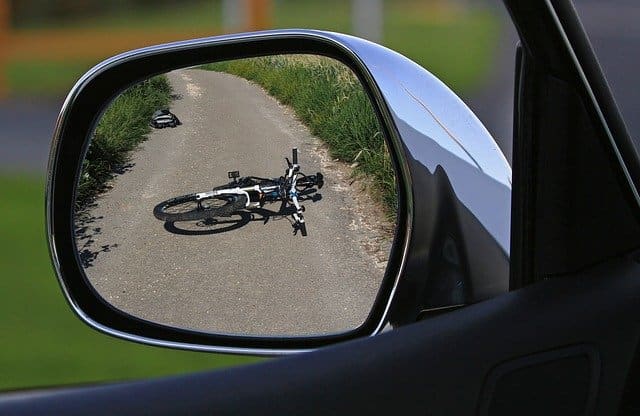
Credit: www.tnklaw.com
Learning From The Incident
Experiencing a motorcycle collision with your car can be unsettling. Yet, it provides a crucial chance to learn. Understanding what went wrong aids in avoiding repeats. By dissecting the incident, drivers can implement strategies to prevent similar mishaps. Let’s delve into effective measures that can heighten safety for all road users.
Preventive Measures To Avoid Future Collisions
Reflect on the incident. Identify factors leading up to the collision. Discuss with witnesses, if possible. Review traffic laws and analyze both vehicle maneuvers. Use this information to adapt your driving habits.
Implement these strategies:
- Regular vehicle checks: Ensure brake lights and mirrors are fully functional.
- Defensive driving courses: Sharpen your reaction skills and hazard perception.
- Turn signals: Always use them to signal your intentions to motorcyclists.
Maintain a vigilant approach. Always check blind spots and use rear-view mirrors diligently.
Motorcycle Awareness For Car Drivers
Motorcycles are smaller and often slip unnoticed. Car drivers must cultivate heightened awareness. Here’s a straightforward checklist:
| Checklist Item | Action to Take |
|---|---|
| Blind Spots Check | Perform double checks before turns and lane changes. |
| Following Distance | Maintain a safe gap. Motorcycles stop quicker than cars. |
| Indicators | Observe motorcycle indicators for longer, they might not be self-cancelling. |
Special attention during rush hour and in poor weather is imperative. Always anticipate potential motorcycle movements and adjust your driving accordingly.
By internalizing these preventive steps, you contribute to safer roads. Together, we can reduce incidents and protect lives.
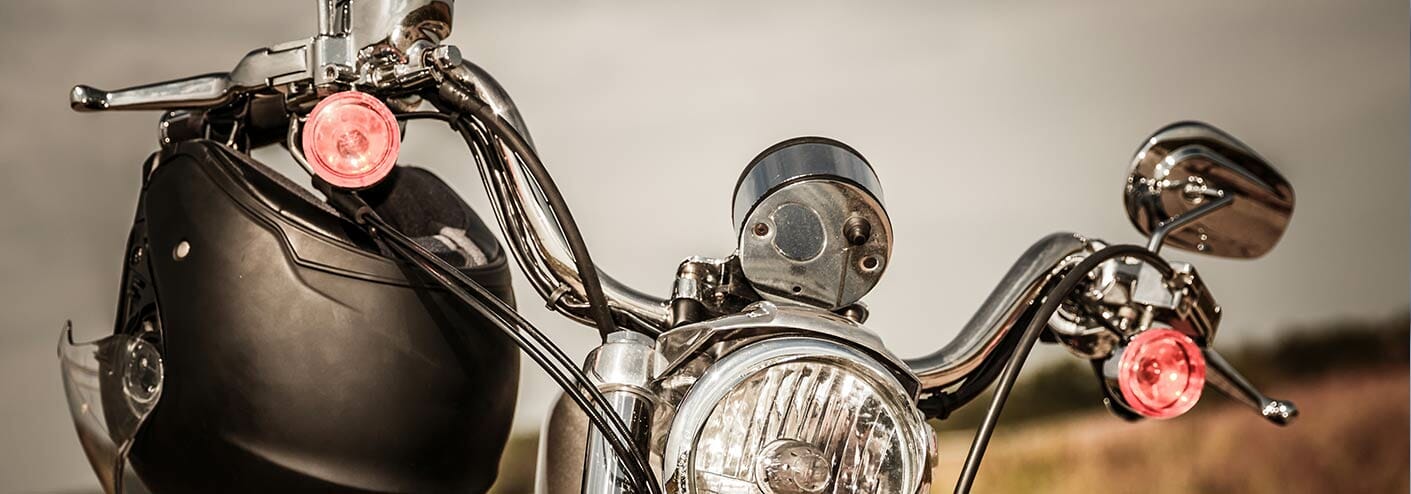
Credit: www.billyjohnsonlaw.com
Frequently Asked Questions On What Happens If A Motorcycle Hits Your Car
Who’s At Fault In A Motorcycle-car Collision?
Determining fault in a motorcycle-car collision depends on the accident details. Traffic laws, witness testimonies, and evidence from the scene are assessed. Fault is usually attributed to the party that violated traffic rules or acted negligently.
What Should I Do After A Motorcycle Hits My Car?
If a motorcycle hits your car, immediately ensure everyone’s safety and call for medical help if needed. Exchange contact and insurance information with the motorcyclist. Document the accident scene with photos, and report the incident to the police and your insurer.
Can Motorcyclists Claim Against Car Drivers?
Yes, motorcyclists can claim against car drivers if the car driver is found liable for the accident. They need to prove that the car driver’s negligence caused the collision, which resulted in injury or damage to the motorcyclist.
How Is Compensation Calculated In Motorcycle-car Accidents?
Compensation in motorcycle-car accidents is based on damage severity, including physical injuries, property damage, and emotional distress. Lost wages and medical costs are also considered. A legal professional can help in calculating a fair compensation amount.
Bottom Line
Navigating the aftermath of a motorcycle-car collision can be complex. Assessing damage, exchanging information, and filing a report is crucial. Consulting legal help might become necessary. Remember, safety and awareness on the roads help prevent such incidents. Always drive responsibly for a safer commute.
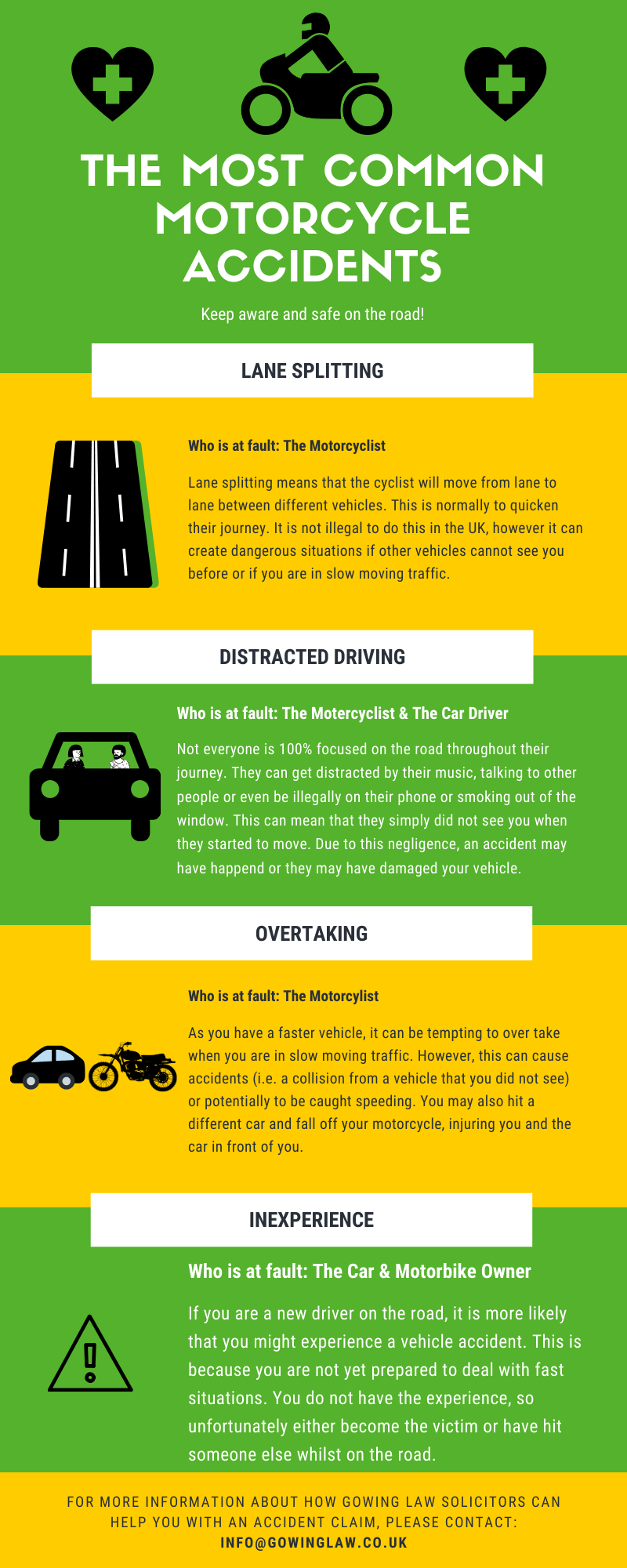
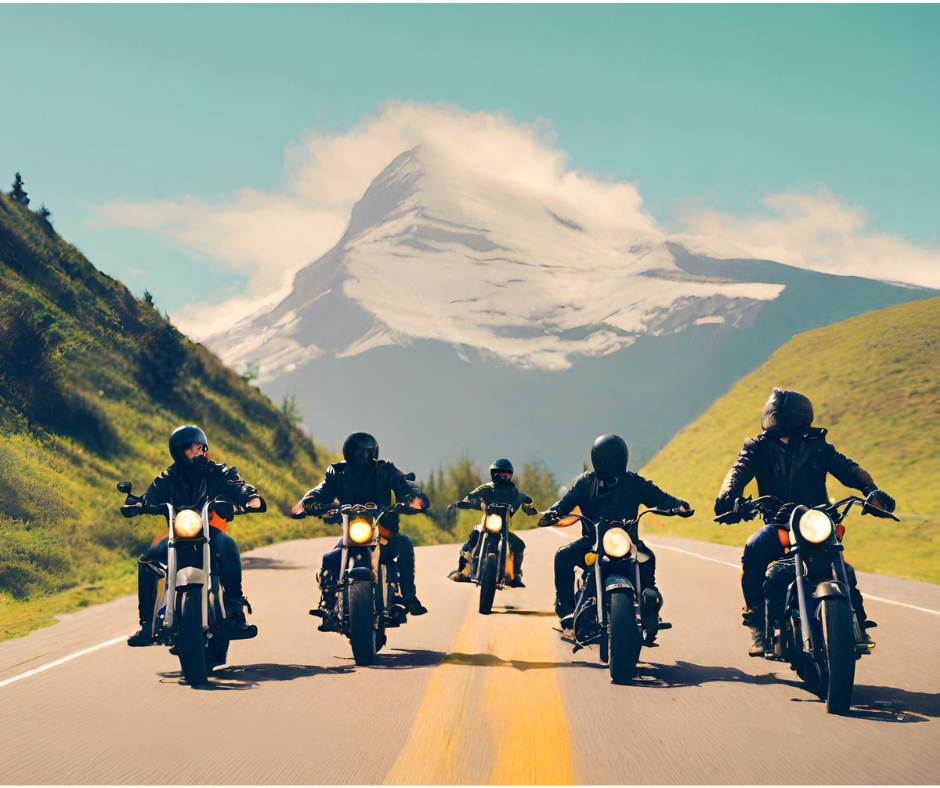
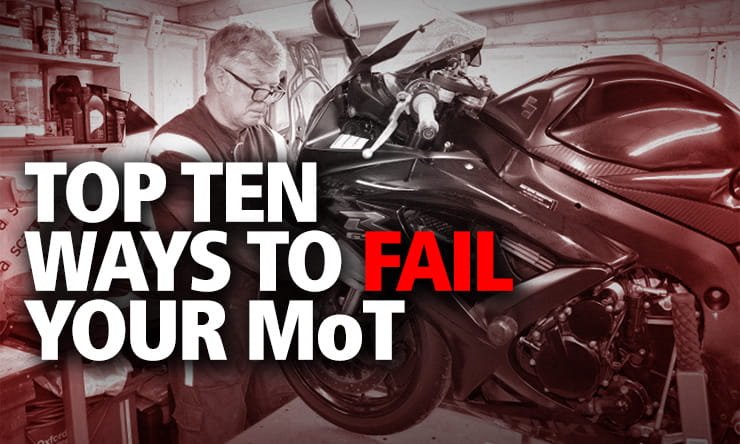
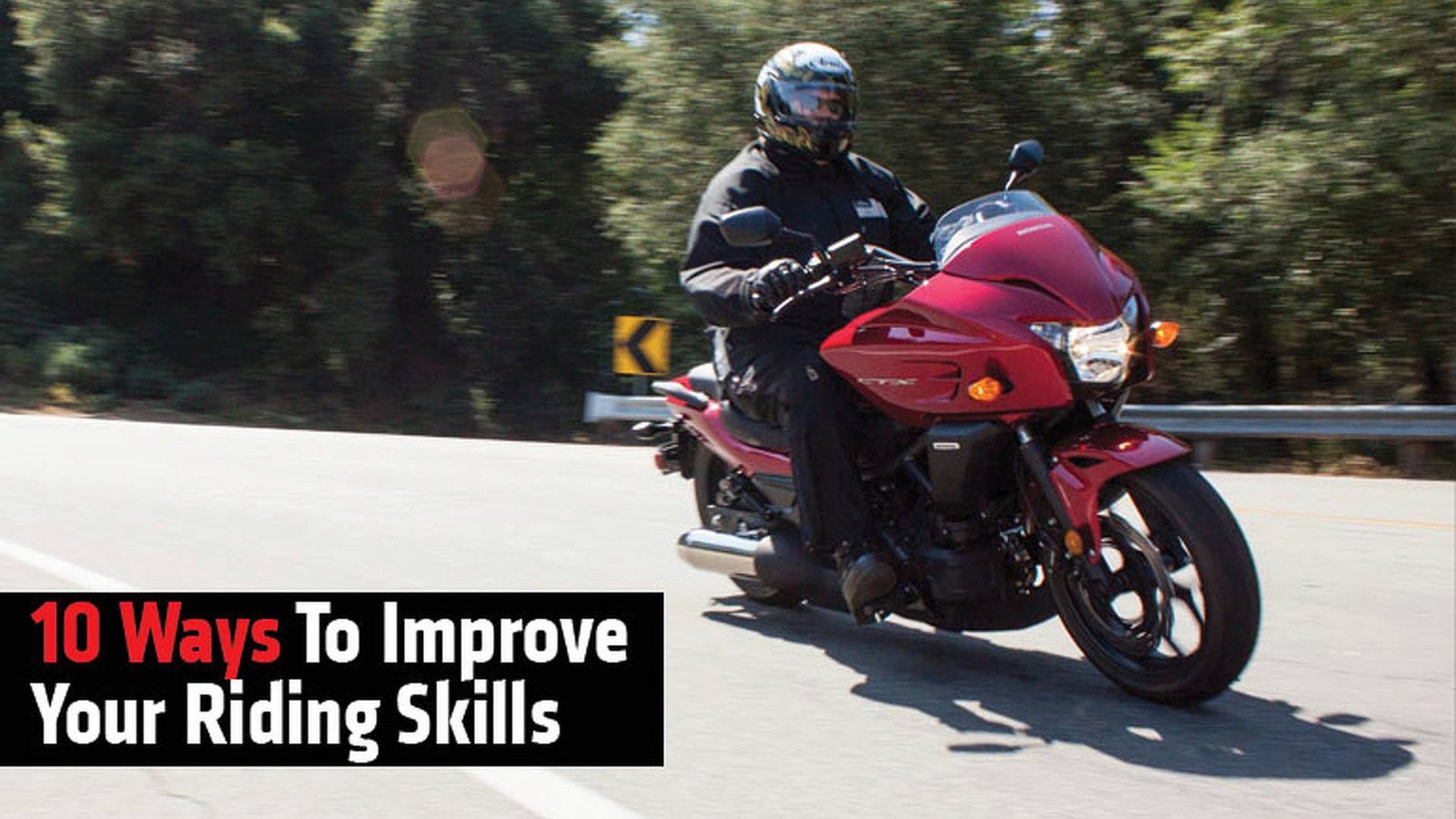
Leave a Reply